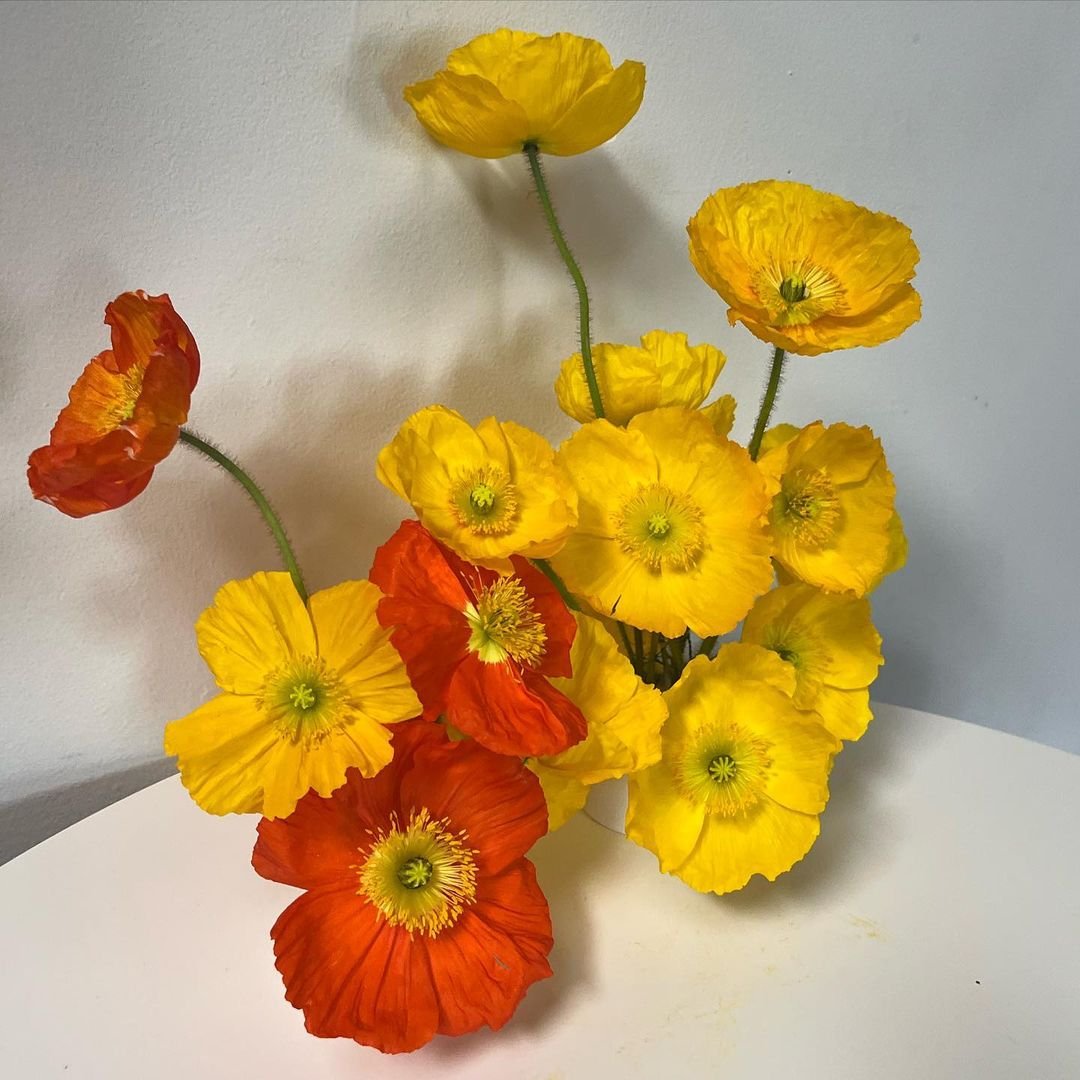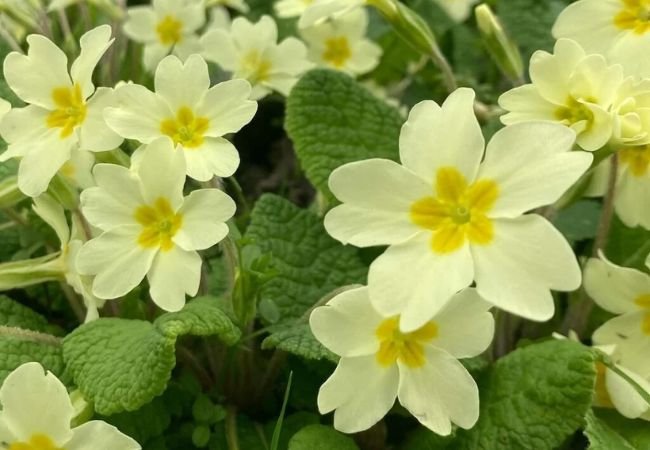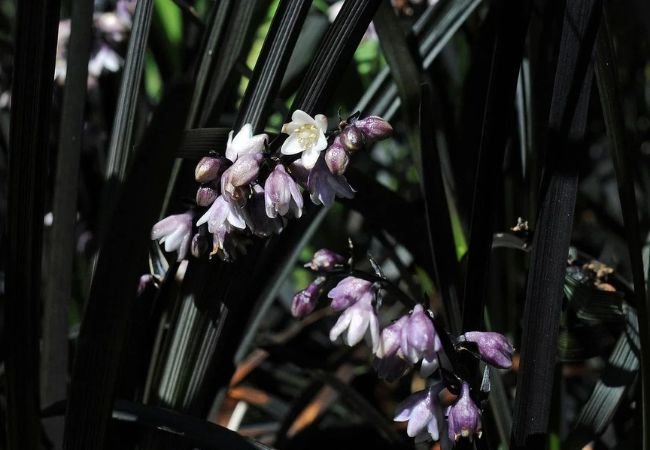Discover the beauty and significance of Poppies flower. Learn how to grow these vibrant blooms, their different types and their historical importance. A comprehensive guide for gardeners and flower enthusiasts.
Have you ever seen fields of bright red flowers waving in the breeze? Those might be Poppies! These beautiful flowers are known for their bright colors and paper-thin petals. Let’s explore Poppies and learn how to grow them in your garden.
Here’s a detailed chart for Poppy flowers:
| Category | Information |
|---|---|
| Botanical name | Papaver spp. |
| Common name | Poppy |
| Plant type | Annual, biennial, or perennial |
| Hardiness zone | Zones 3-9 |
| Sun exposure | Full sun |
| Soil type | Well-drained soil |
| Watering | Moderate watering |
| Growth habit | Upright, clumping |
| Height/Spread | 1-4 feet tall, 1-2 feet wide |
| Special features | Large, showy flowers in various colors including red, orange, yellow, pink, and white; distinctive seed pods; attracts pollinators; some species used for medicinal purposes |
What are Poppies?

Poppies are flowering plants that come in many colors. They’re famous for their cup-shaped flowers and round seed pods. Poppies grow in many parts of the world and have been important to people for a long time.
What Do Poppies Look Like?
- Flowers: Usually have 4-6 petals and come in many colors
- Leaves: Often green and feathery
- Stems: Can be hairy and grow 1-3 feet tall
- Seed pods: Round or oval, containing many tiny seeds
To learn more about different types of flowers, visit the USDA Plants Database.
Types of Poppies
There are many types of Poppies:
- Red Corn Poppy: Also called Flanders Poppy, used to remember soldiers
- Oriental Poppy: Has large, showy flowers
- California Poppy: The state flower of California
- Icelandic Poppy: Comes in bright, pastel colors
Growing Poppies in Your Garden
Want to grow Poppies? Here’s what you need:
- Sunlight: Most Poppies like full sun
- Soil: Well-draining soil is best
- Water: Water regularly when young, then less often
- Climate: Many Poppies prefer cool weather
For more gardening tips, check out the National Gardening Association.
Planting Poppies
You can plant Poppies in spring or fall:
- Scatter seeds on the soil surface
- Gently press seeds into the soil, but don’t cover them
- Keep soil moist until seeds sprout
- Thin seedlings to about 6-8 inches apart
Caring for Poppies
Poppies are pretty easy to care for:
- Water during dry spells
- Don’t fertilize too much – it can reduce blooming
- Remove dead flowers to encourage more blooms
- Cut back foliage after blooming for perennial types
Uses of Poppies
Poppies have several uses:
- Garden beauty: Add color to flower beds
- Cut flowers: Some types work well in bouquets
- Seeds: Edible seeds used in baking
- Remembrance: Red Poppies are used to honor veterans
To learn about the symbolism of Poppies in veterans’ affairs, visit the U.S. Department of Veterans Affairs.
Poppies and Wildlife
Poppies can attract pollinators like bees and butterflies to your garden. This helps other plants grow better too.
Poppies in Different Seasons
- Spring: Many Poppies bloom in late spring
- Summer: Some types bloom through summer
- Fall: Plant seeds for next year’s flowers
- Winter: Some Poppies can handle light frost
To understand your local growing seasons, check the USDA Plant Hardiness Zone Map.
Potential Problems
Watch out for these issues:
- Overwatering: Can cause root rot
- Pests: Look out for aphids and slugs
- Wind damage: Tall Poppies might need support
If you have plant problems, ask for help at your local garden center or contact your state’s Cooperative Extension office.
Poppies in Containers
You can grow Poppies in pots:
- Use a container with drainage holes
- Fill with well-draining potting soil
- Sow seeds or plant young plants
- Water more often than in-ground plants
For container gardening tips, visit the USDA’s Container Gardening page.
Poppies in History and Culture
Poppies have been important to people for a long time:
- Ancient Egypt: Poppies were found in tombs
- World War I: Red Poppies became a symbol of remembrance
- Art: Many famous painters have featured Poppies in their work
To learn more about the cultural significance of plants, visit the Smithsonian Gardens.
Poppies are beautiful flowers that can add color and meaning to your garden. They’re relatively easy to grow and come in many varieties to suit different gardens. Whether you’re planting them for their looks, to attract wildlife or to remember loved ones, Poppies are sure to make your garden special.
Remember, every garden is unique. Don’t be afraid to try different types of Poppies and see what works best in your space. Happy gardening!
For more gardening tips and plant care guides, visit usagardenhub.com.







One comment on “Poppies : Colorful Flowers with Deep Roots in History”